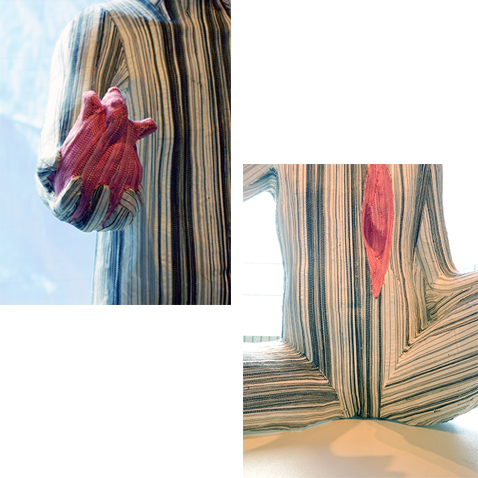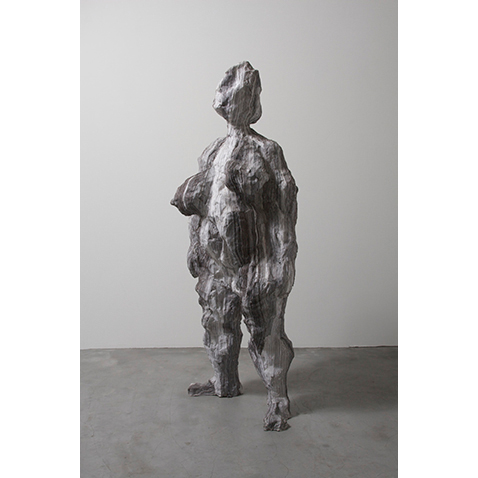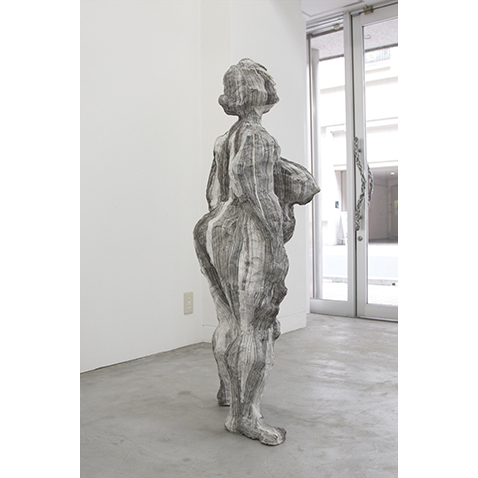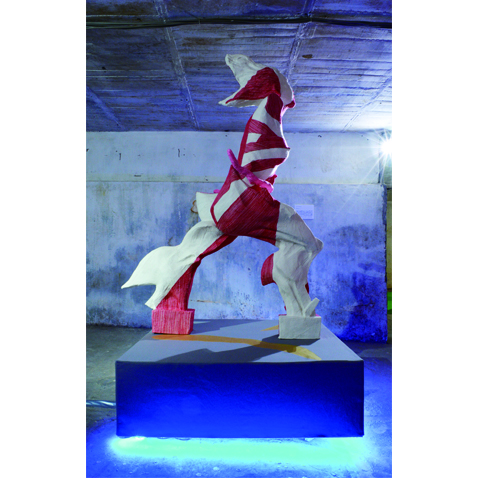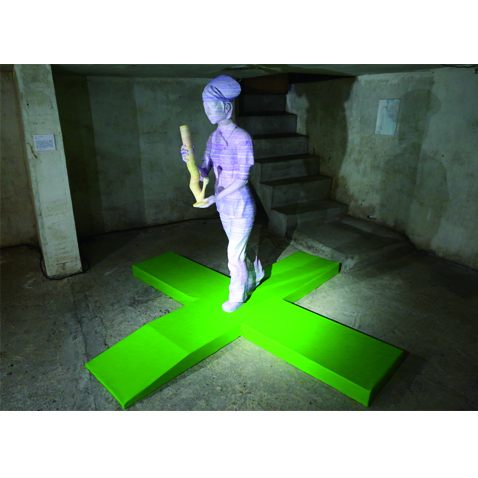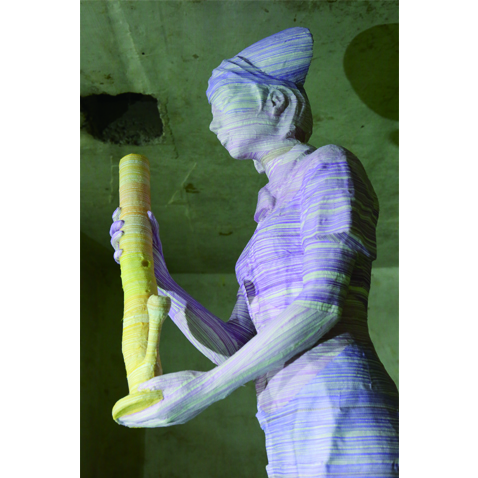 1 : 2 : 3 : 4 : 5 : 6 : 7 : 8 : 1 : 2 : 3 : 4 : 5 : 6 : 7 : 8 :
|
 1 : 2 : 3 : 4 : 5 : 6 : 7 : 8 : 1 : 2 : 3 : 4 : 5 : 6 : 7 : 8 :
|
 1 : 2 : 3 : 4 : 5 : 6 : 7 : 8 : 1 : 2 : 3 : 4 : 5 : 6 : 7 : 8 :
|
 1 : 2 : 3 : 4 : 5 : 6 : 7 : 8 : 1 : 2 : 3 : 4 : 5 : 6 : 7 : 8 :
|
 1 : 2 : 3 : 4 : 5 : 6 : 7 : 8 : 1 : 2 : 3 : 4 : 5 : 6 : 7 : 8 :
|
 1 : 2 : 3 : 4 : 5 : 6 : 7 : 8 : 1 : 2 : 3 : 4 : 5 : 6 : 7 : 8 :
|
 1 : 2 : 3 : 4 : 5 : 6 : 7 : 8 : 1 : 2 : 3 : 4 : 5 : 6 : 7 : 8 :
|
 1 : 2 : 3 : 4 : 5 : 6 : 7 : 8 : 1 : 2 : 3 : 4 : 5 : 6 : 7 : 8 :
|
Childhood
2013 h:65cm Paper, Thread, Resin,
子供時代
2013 H:65cm 楮紙、糸、樹脂 |
|
Untitled
2012 h:125cm Paper, Thread, Resin
無題
2012 H:125cm 楮紙、糸、樹脂 |
|
Only 100Years History : 2017 h170cm Paper, Thread, Resin, Wood, Cloth, LED Light
Symbolizing the recent conservative swing in Japan by simulating the masterpiece of Umberto Boccioni, futurist artist from 100 years ago. This artwork deals with the Rising Sun Flag (Futurism is known for having supported the fascist government.)
Only 100Years History : 2017 h170cm 楮紙、糸、樹脂、木、布、LEDライト
昨今の日本の右傾化を、100年前の未来派、ウンベルト・ボッチョーニの代表作をシュミレーションする形で表象。旭日旗をあしらっている。(未来派はファシズム政権に加担した歴史がある。) |
|
Flamingo (Nurse Delivering Bong) : 2017 h160cm Paper, Thread, Resin, Wood, Cloth
Japan has had a cannabis culture since the Jomon Period. The connection between Japanese people and hemp is deep - the o-fuda charms at the Grand Shrine at Ise are called jingu-taima ("shrine hemp"), and hemp is used at the Imperial Family's annual festival for purification purposes. After Japan's loss in the war, America's GHQ laid out a crackdown on hemp in 1948, and any possession of or research on it has been prohibited in Japan ever since. Recently, advanced countries have been lifting bans on cannabis one after another as they take notice of the efficacy of medical marijuana in treating a variety of illnesses. This work was created from feeling at odds with the stubborn perpetuation of marijuana prohibition in Japan.
Flamingo(ボングを届けるナース) : 2017 h160cm 楮紙、糸、樹脂、木、布
縄文時代から日本には大麻文化があった。日本人と大麻草の結びつきは深く、伊勢神宮のお神札は神宮大麻と呼ばれ、天皇家の例祭ではお清めに大麻草が用いられる。敗戦後の1948年、米GHQの敷いた大麻取締り法以降、日本では所持も研究も全て禁止された。昨今先進国では多数の病気に対する大麻の薬効が注目され医療大麻の解禁が相次いでいる。日本で頑なに禁止され続ける違和感から制作。
|
figure sculpture
The surface of the sculpture is made from cloth material sewn onto paper (Japanese paper)
by sewing machine.
The work portrays a faint image, one that comes to mind and then
vanishes, of having to escape from a solemn,
masculine history of sculpture that perhaps is emblematic of a society of male superiority.
The spots left by raindrops that pierce the monument sculptures often seen in the city are traces of time,
etched throughout history, that likewise erodes the influence of all sculptures. Inspired by the impression of such spots.
彫刻作品の表面は紙(楮紙や不織布)をミシンで縫った布素材でできている。
男性優位の世の中を表象するかのような、重々しい男性主義的な彫刻の歴史から逃れるべく、脳裏に浮かんでは消えるかすかな残像に近いイメージで制作する。
街でよく目にするモニュメント彫刻を穿つ雨だれのシミは、歴史を通して時を刻み、あらゆる彫刻の権威を同等に風化させてゆく時間の痕跡である。そのシミのイメージに触発されている。
|

